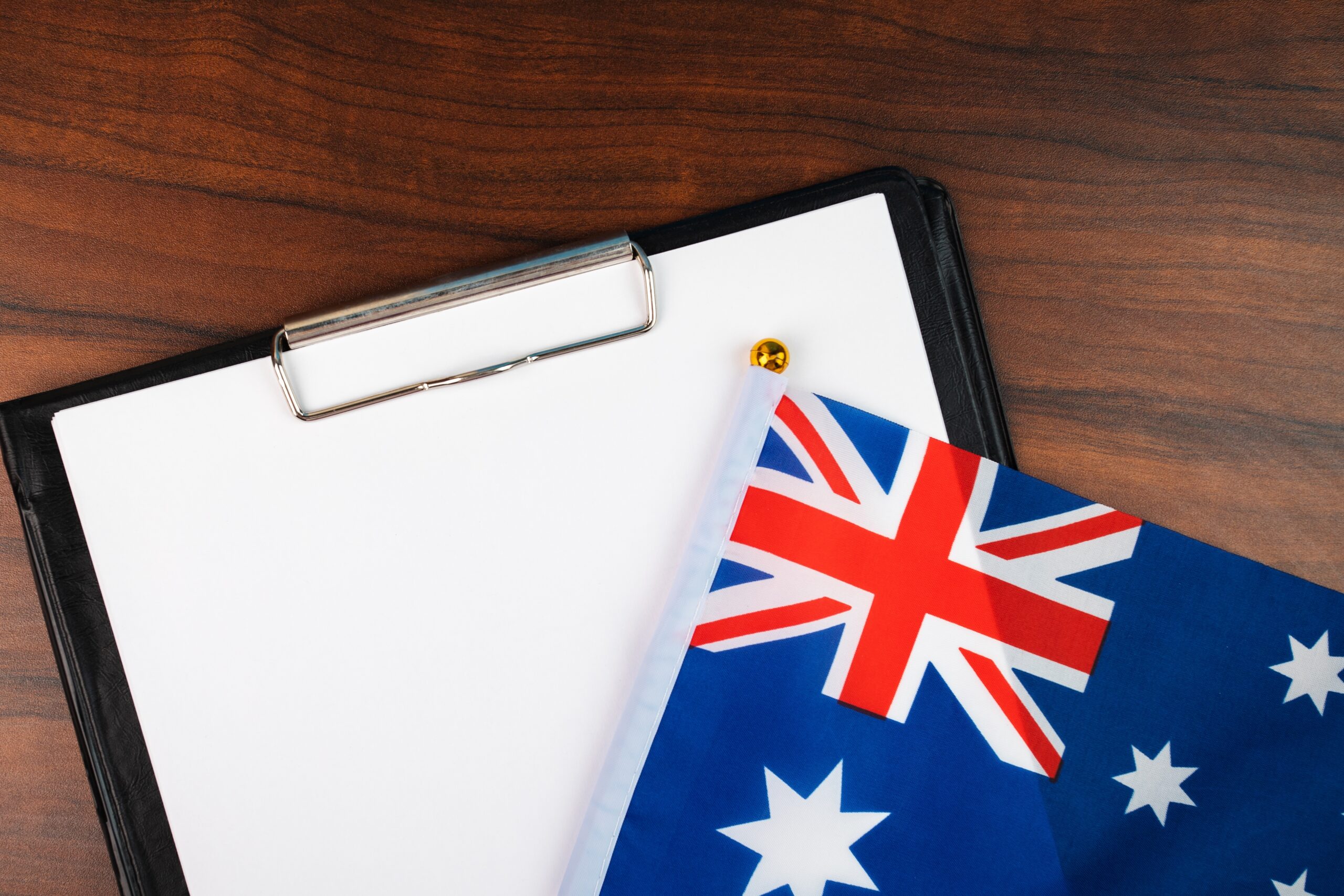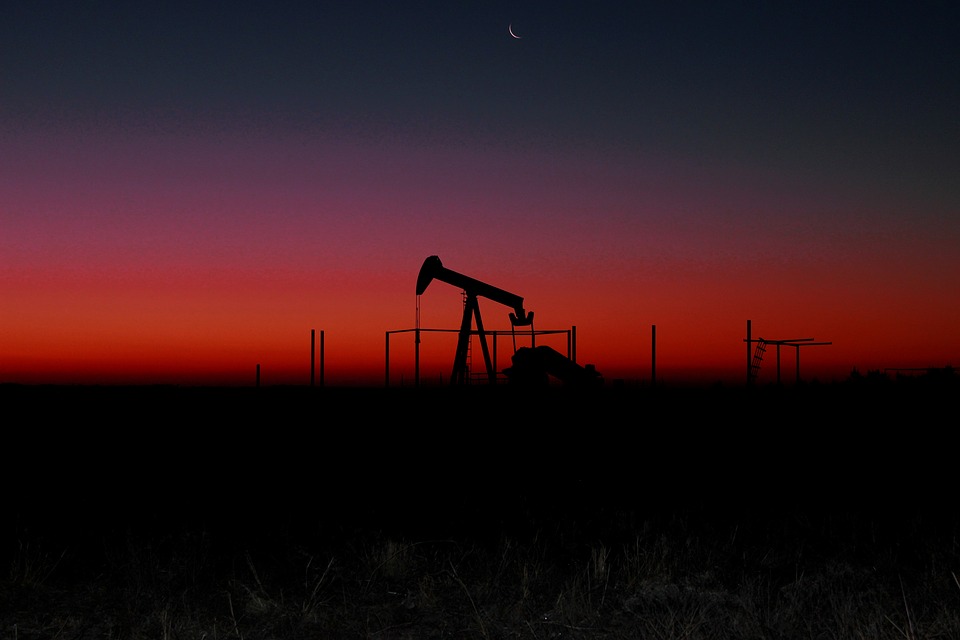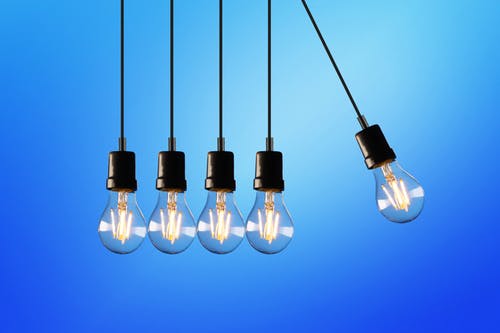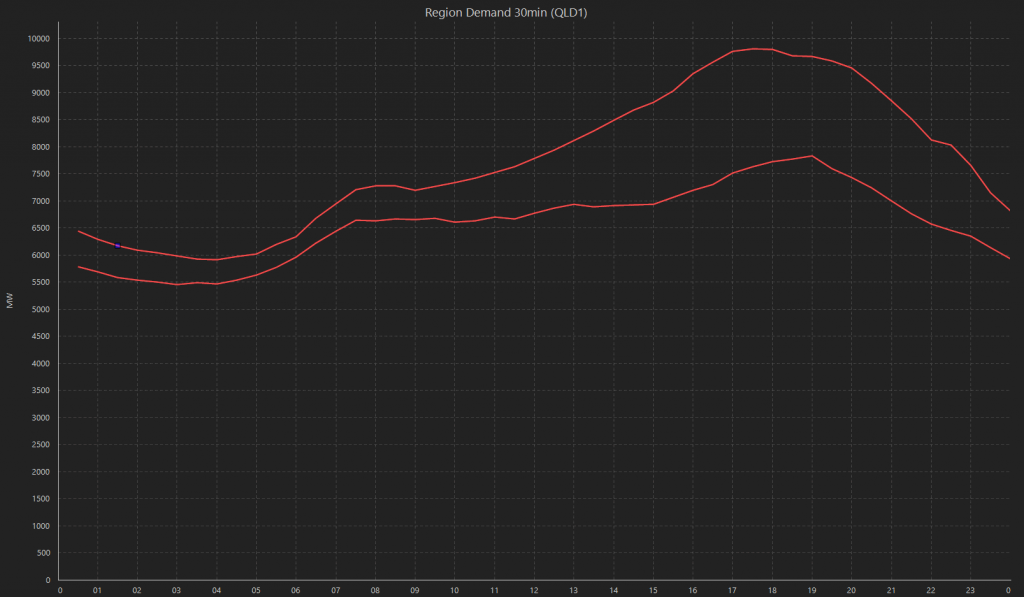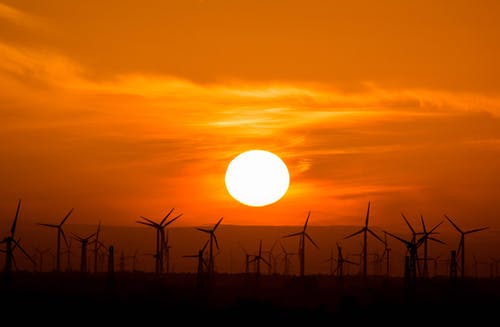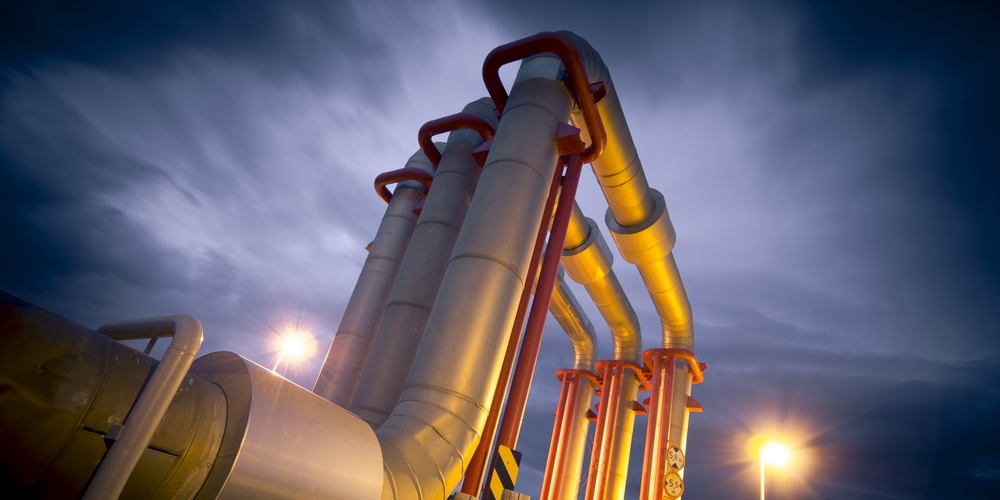The AER released their annual ‘State of the Energy Market’ report last Thursday for 2023 for Australia’s electricity and gas markets. This included some relatively good news as the energy system in 2023 has “experienced fewer shocks and better outcomes than in 2022”. The 2023 wholesale electricity market prices have declined from the record prices in 2022, largely due to the government interventions in the coal and gas markets. Despite the decline, prices remain high by historical standards.
A media release by the AER accompanying the report stated, “Increases in wholesale energy prices were evident in retail prices, with estimated electricity bills rising between 9% and 20% in all NEM jurisdictions in 2022-23, impacting households already experiencing broader cost-of-living pressures. “
The report highlighted the pressures for investment in renewables to permit the retirement of coal generation. The report also commented on Liddell’s retirement in April 2023 going smoothly due to the new renewable generation and recent favourable market conditions.
The transition to new energy infrastructure faces several challenges:
- The vast scale and required coordination of investments.
- Rising costs in the infrastructure sector.
- The need for community engagement in infrastructure planning and development.
The report highlighted the government involvement and support in investments including joint initiatives between Australia Government and state and territory governments.
The dynamic between electricity and gas markets is increasingly interconnected. As regions shift from gas demand to electricity demand (like replacing gas heating with electric air conditioning), it’s anticipated that pressure on gas markets will decrease, while electricity demand will surge. Factors like electric vehicle adoption will further influence electricity demand and the necessity for new infrastructure.
Furthermore, planning will now also factor in emissions reduction to serve the long-term interests of energy consumers, integrating it with other goals such as price, reliability, and supply security.
An interesting comment was made in the report executive summary highlighting concerns in the industry surrounding issues of competition in the market and market power outlined below.
“Our concerns are around the reduced liquidity of exchange-traded hedging products, the declining number of clearing service providers for electricity derivatives, and the levels of concentration of ownership of flexible generation capacity, particularly in NSW and Victoria. The AER’s anticipated new powers in relation to contract market monitoring will allow us to better monitor participant behaviour and gain sharper insights on issues of competition and market power.”
